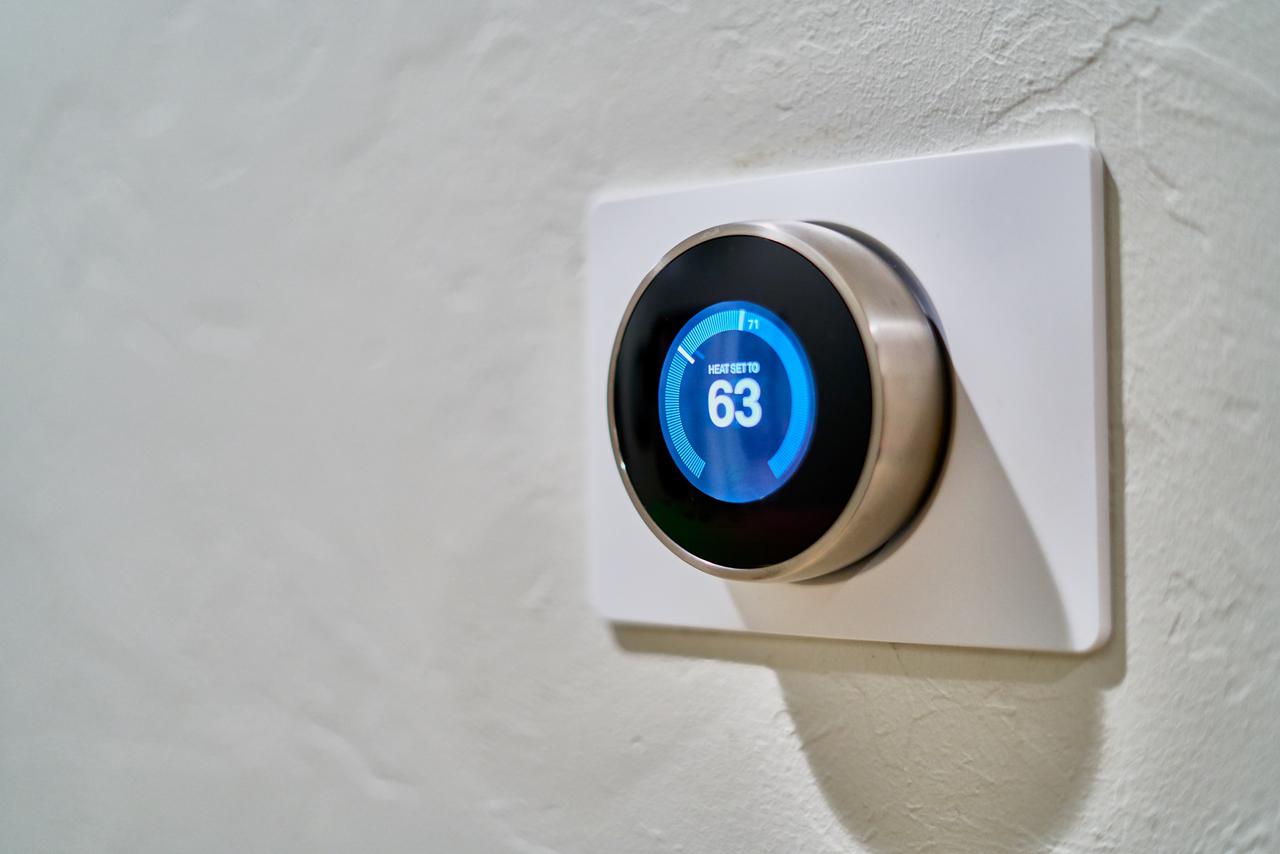The Internet of Things (IoT) is changing the way we live by providing us with unprecedented control of our homes. With the touch of a button on our phones, we can change the temperature, turn on or shut off lights, unlock the front door and make sure we turned off the stove.
The IoT gives us a glimpse of a future with wireless connectivity integrated into everything we do and the products we own. With IoT devices, we can customize our homes, offices, and experiences in the world. However, IoT devices are also vulnerable to malware and cyberattack.
Wireless-enabled thermostats and doorknobs aren’t designed with top-of-the-line security, making them susceptible to attacks by hackers. They come with default passwords and can’t support software updates; key ways nefarious individuals can access your network.
Here are four ways to keep your IoT devices secure.

Because security isn’t the priority with IoT devices, they make your entire network vulnerable. A hacker could access your network through your nanny cam or thermostat but can find your banking information and more once they have that access. By keeping gadgets and personal devices (like your phone, tablets, and computers) on separate networks, you have an added layer of protection.
Setting up a second network is easier now than ever. Many wireless routers are already set up for 2 LANs, usually one for home use and another for guests. You can use your second LAN for any IoT devices you bring into the home.
You’re not alone if you take the router your internet provider gives you and don’t think anything more about it. But those standard routers don’t have the best security. By upgrading to a better model, you’re adding an extra layer of protection for your IoT devices right at the entry point to your internet. And you’ll probably experience better speed and coverage for your home internet.
Home assistant devices like Alexa or Google are a simple way to voice control your home’s smart devices. Rather than picking up an app or using touch controls, you can simply wake up your device with the command word. They help you adjust the temperature, turn on the oven, or lock the front doors. However, the ubiquitousness of these devices also makes them a vulnerable point in your home security.
An intruder could wake the device and turn off the lights in your home, lock the doors, or access any of your connected devices. But by giving your home assistant a personal nickname, you ensure only those who live in your home can use it.

There’s a reason so many websites now take advantage of two-factor authentication; it keeps your data safe. Most smart devices now have two-factor authentication, which requires a code, texted or emailed to you, along with the password. An external system can secure either a single appliance or your entire network for those situations when a device doesn’t have automatic two-factor authentication.
Doha Inc. helps keep your home safe by providing you with the latest technology for a low monthly subscription price. You never have to worry about out-of-date tech leaving you vulnerable to malware or a cyberattack. We offer a range of products and accessories to keep your home or business at the cutting edge of the latest advancements.
To be the first to hear about our product launches, subscribe to our newsletter or call us at 1-888-DOHAINC.
